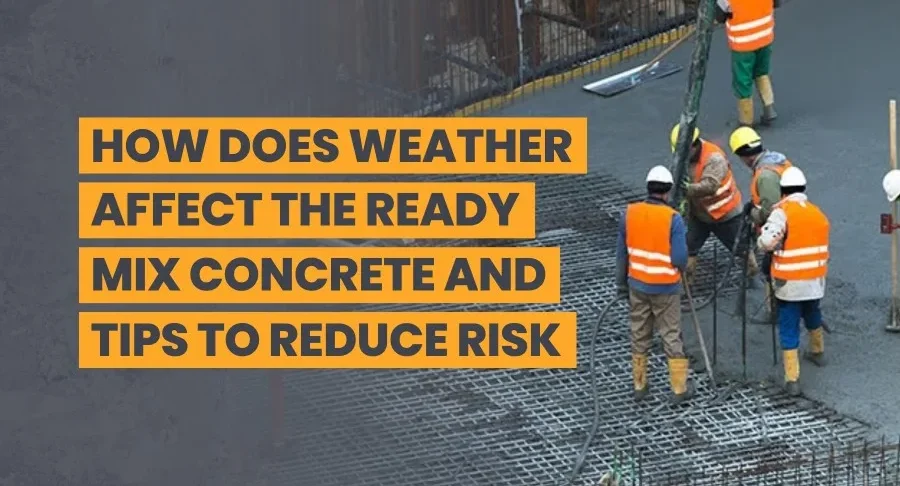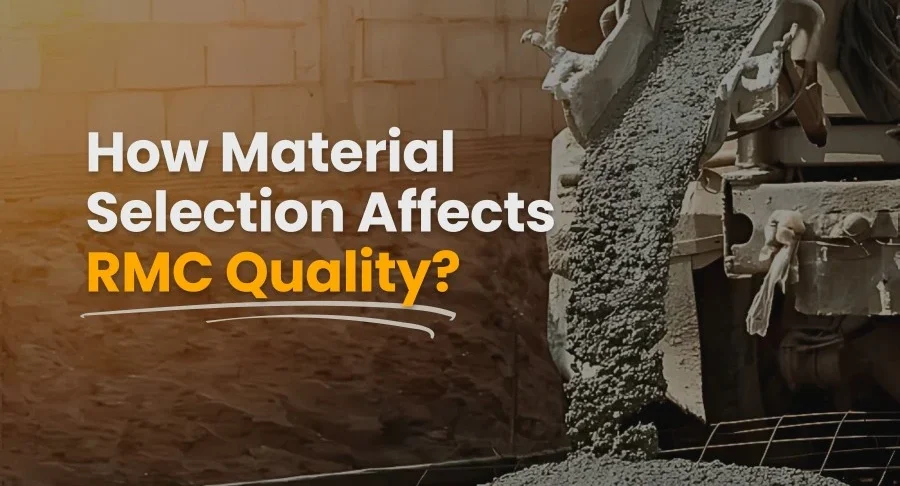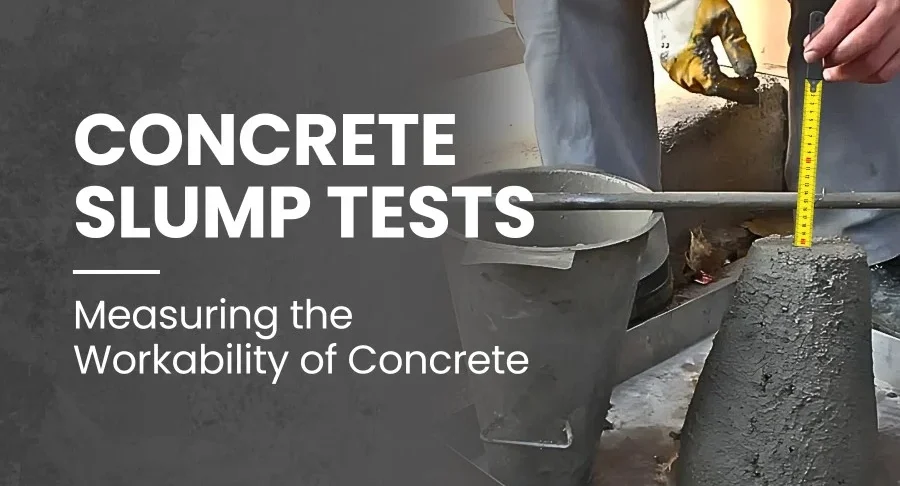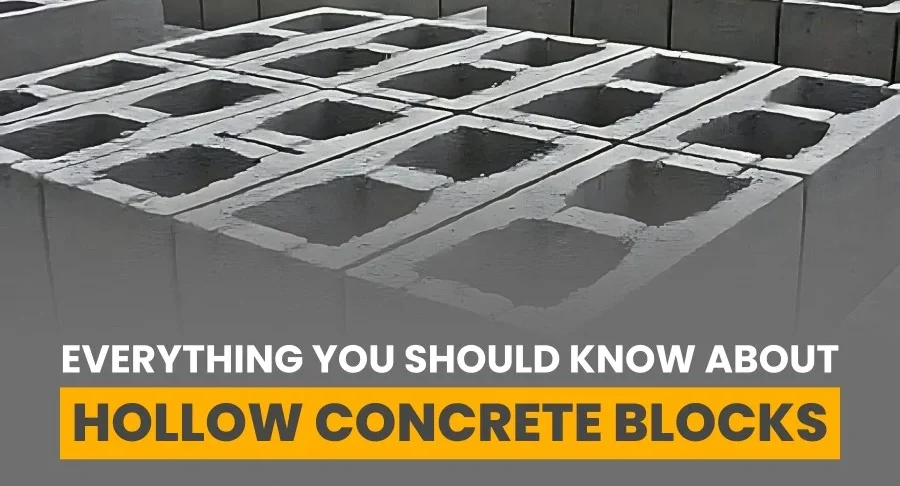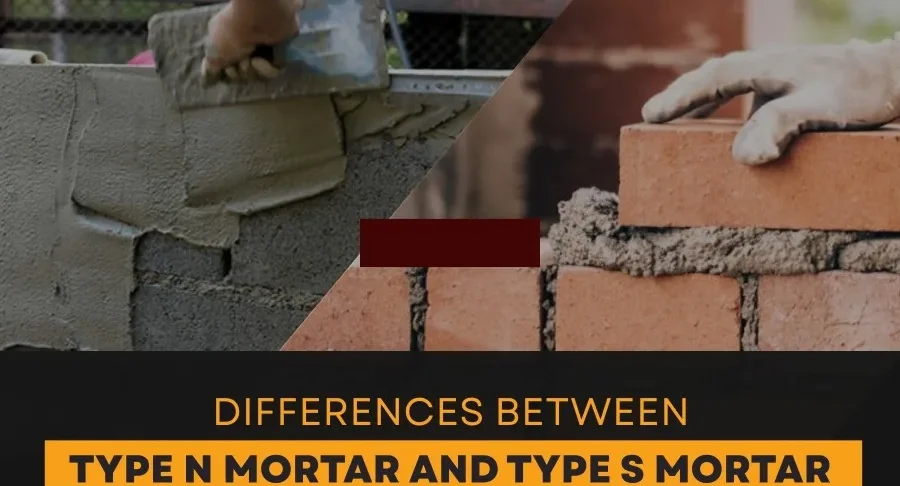Introduction Deciding which material to use for your construction project may be the most important initial step in creating a sustainable result for your project. There are many controversial b...
How Does Weather Affect the Ready Mix Concrete and Tips to Reduce Risk
As you prepare for a pour in ready mix concrete, you might be focused on your schedule, budget, and manpower, but have you paid attention to the weather? Weather might seem like a minor factor, bu...
Why Contractors Should Use Ready Mix Concrete for Construction Projects?
In today's ever-changing construction landscape, efficiency, quality, and sustainability have never been more important. Whether you're pouring a residential apartment, a highway or a commercial t...
How Material Selection Affects RMC Quality?
Introduction Ready-Mix Concrete (RMC) has fundamentally changed the way we think about construction. Becoming a reliable, fast, and consistent material is critical for today’s fast-paced building...
What is the Flexural Strength of Concrete?
Concrete is one of the most relied-on materials in the construction industry to create strong, durable structures. Although compressive strength is often touted as the key feature of concrete, flexura...
Concrete Slump Tests – Measuring the Workability of Concrete
Introduction Concrete is at the heart of many aspects of the construction industry. If you are building a residential home, commercial property, a bridge, or a roadway, concrete is a critical mater...
The Importance of Monitoring Temperature Differentials in Mass Concrete
Introduction Mass concrete is an important component of major construction projects, particularly when creating foundations, dams, bridges, or massive walls. Because of the mass, mass concrete requ...
What is a Concrete Setting?
Introduction Concrete setting is one of the most basic but overlooked steps in construction. This is when we transform concrete from a plastic, free-flowing mix to a solid, stiff (load-bearing) mat...
Why Metakaolin is Becoming Essential in Modern Concrete Mixes?
Concrete is the key aspect of modern construction, including pathways, bridges, buildings, and more. It can be difficult to imagine a modern construction project that does not include concrete, which...
How Are Fibres Revolutionising the Construction Industry?
Innovation in construction does not always equate to elements of other-worldly buildings or new design trends. It is often the most minuscule, inconspicuous aspects that have the greatest impact....
Precast Concrete Reinforcement: A Constantly Evolving Innovation
Concrete is a major component of the modern construction process and is famed for its high compressive strength. It has been used for all types of large-scale infrastructure projects since time immemo...
How to Choose the Right Mortar Mix?
When doing a masonry project, one key choice you will need to make is what type of mortar mix you will use. Whether mere working with a few bricks for a backyard BBQ, restoring an old building, or beg...
15+ Factors That Affect the Strength of Concrete
Concrete is the most used construction material in the world. It underlies each aspect of modern infrastructure, from their tall ceilings and long-span roof systems and bridges, to roadways, concrete...
Everything You Should Know About Hollow Concrete Blocks
Introduction: How We Build Has Changed Since human civilization began, shelter has been one of the three critical life-sustaining human needs, along with food and clothing. Initially, our ancestors...
5 Eco-Friendly Alternative Aggregates for Concrete
Did you know that concrete is the second-most consumed substance globally after water? It may be surprising to learn that the concrete industry is a huge global industry, worth over $137 billion....
Hidden Differences Between Type S Mortar and Type N Mortar
When taking on a masonry project – from building a retaining wall, repairing a foundation, or laying decorative brick – choosing the proper type of mortar can be the most important choice you'll m...
Corrosion of Steel Reinforcement in Concrete
Steel and concrete are practically a match made in construction heaven - strong, long-lasting, and universally used to construct everything from bridges to highways to buildings to dams. Unfortuna...
Cold Joints in Concrete: Invisible Threat to Structural Integrity
In today's construction world, reinforced cement concrete (RCC) has become the standard durable and long-lasting material to create most structures. RCC is a combination of two strong materials: s...
The Next Generation of Polymer-Modified Concrete
For centuries, concrete has laid the framework for construction, but with the changing demands of modern infrastructure, materials need to change. This is where the next generation of polymer-modi...
The Production Process of Cellulose Fiber
The selection and processing of raw materials is the first important step in the production process of cellulose fiber. Refinement, drying, and quality control come next. Textiles, packaging, and...
How to Identify High-Quality Concrete Crack Resistant Polypropylene Fiber?
If you work in the construction world, particularly if you work with material science and concrete, it is easy to overlook the microscopic helpers that do the heavy lifting in the concrete. One of...
Alkali Aggregate Reaction in Concrete: Causes, Diagnosis & Control Measures
Concrete is an essential construction material that is known for its incredible strength, durability, and versatility. One often overlooked problem that can seriously affect the service life and s...
20+ Different Types Of Concrete At A Glance
Concrete is a useful material used in construction. But did you know that there are over 20 different types of concrete? Each type of concrete has unique qualities and intended uses. Different typ...
What Should Be the Consistency of Mortar?
If you have done any kind of work with mortar, whether it be laying bricks, rendering walls, or installing tiles, you usually know how important it is to get consistency right. It is one of those thin...
What Are the Long-Term Effects of Polypropylene Fiber?
Polypropylene fiber is now one of the most abundant synthetic materials around the world. It is made from propylene monomers that are combined and spun into a fiber. It is light-weight, strong, an...
Application of Cellulose Fiber in the Construction Field
Because cellulose fiber is a naturally sourced, naturally derived, and renewable material, its use is increasing within the construction sector. More nesting for cellulose fiber products is about...
Why Choose Polymer Modified Mortar For Construction Projects?
What is Polymer Modified Mortar? Polymer-modified mortar is a compound construction material that blends polymers with the regular cement mortar. What is Polymer Modified Mortar?How to Make Poly...
The Effects of Over-Wet Concrete: What You Need to Know
Concrete is one of those things most people seldom think about until it starts cracking, crumbling, or failing. It is the backbone of almost every man-made structure that we live, work, and walk on: h...
The Science Behind Concrete Cracks and How to Prevent Them
Concrete is everywhere - from the roads we drive on to the homes we live in. It's strong, durable, and built to last. But if you've worked with concrete long enough, you know that it's not perfect....
Weighing In on High-Density Concrete: What You Should Know
Concrete is the backbone of modern construction; from towering skyscrapers to underground bunkers, the idea of a world without concrete is hard to imagine. It would not be a stretch to say that concre...


